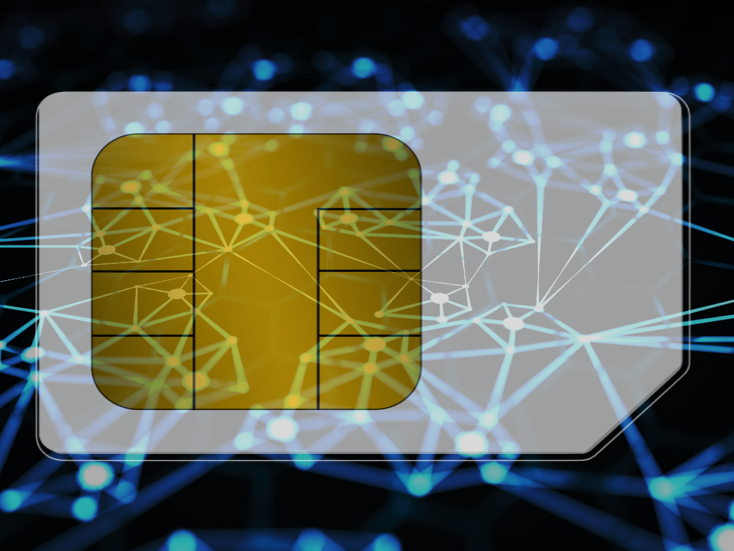
The private networks ecosystem: Who to partner with
In the rapidly evolving ecosystem of private networks, collaboration and partnerships are becoming critical for success. Our report examines the key elements shaping this dynamic market and how partnerships, verticalisation strategies, and wide-ranging channel approaches are reshaping the private networks landscape.




